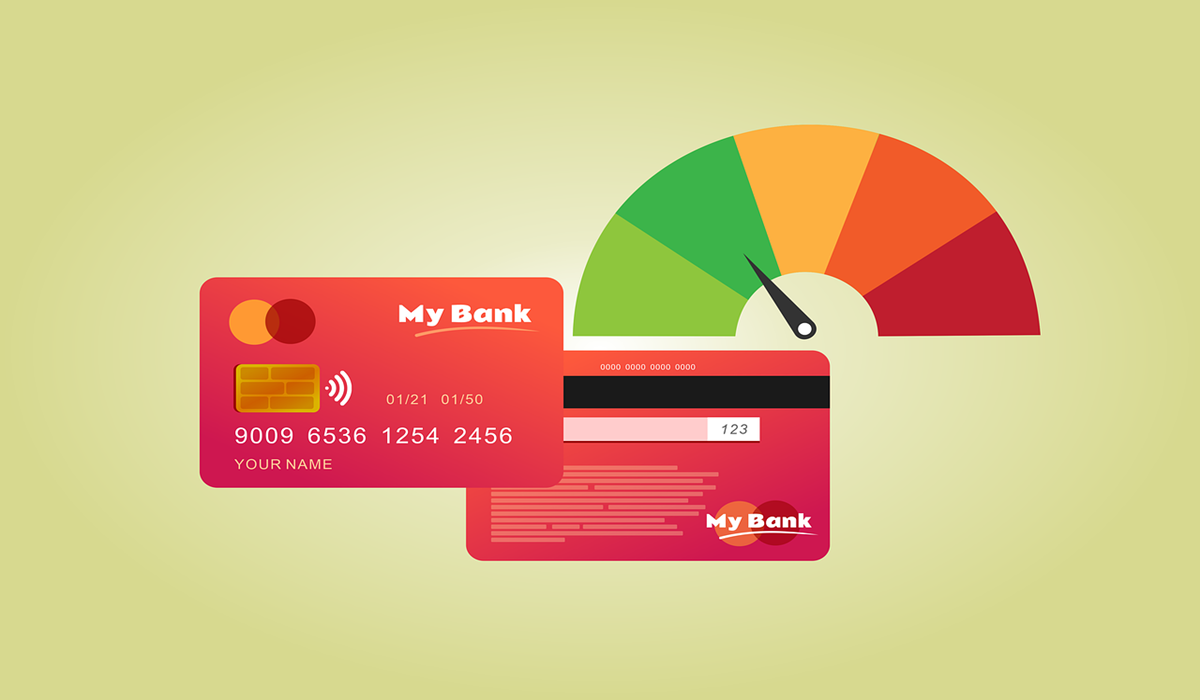Navigating the Mortgage Application Process: What You Need to Know
- Navdeep Khangura
- Mortgage Advisor
- Golden Key Mortgage Ltd
- October 27, 2024

Image Credit, KimGo
Navigating the mortgage application process can feel daunting, especially for first-time buyers eager to secure their dream home. Understanding what’s required and what lenders are looking for can help simplify the process and increase your chances of success. A mortgage isn’t merely a loan; it’s a financial partnership, binding the lender’s trust in your ability to manage and repay a large sum over an extended period. This dynamic means you’ll need to present not only a clear picture of your financial health but also a realistic plan for making this investment sustainable over time.
One of the first steps is to get a handle on your financial profile, particularly your credit score. Lenders use this score as an indicator of your reliability, and a higher score often means access to better interest rates. It’s a good idea to review your credit report, checking for any inconsistencies or areas for improvement, and ideally, work on boosting your score before you begin the application process. A solid credit score signals responsible financial behavior, giving lenders greater confidence in your capacity to repay the loan.
Your income and employment history are also critical aspects. Lenders want to see stable and sufficient income, which reassures them that you’ll be able to manage monthly mortgage payments. Typically, lenders ask for at least two years of consistent employment within the same industry. This continuity suggests stability, which is essential in a financial commitment that could span two or three decades. Self-employed applicants often face stricter requirements, needing to provide additional documentation such as tax returns and profit-loss statements, which demonstrate consistent income even without a traditional paycheck.
Debt-to-income ratio (DTI) is another crucial figure that lenders examine closely. This ratio compares your monthly debt payments to your gross monthly income, giving lenders an idea of how much of your income is already committed to existing obligations. A lower DTI ratio indicates that a significant portion of your income remains available for future mortgage payments, which makes you a lower risk in the eyes of lenders. While each lender may have different requirements, aiming for a DTI below 43% can strengthen your application significantly. Reducing credit card debt, car loans, and other financial commitments can positively impact your DTI and increase your loan eligibility.
The amount you can afford as a down payment is a key factor in securing favorable mortgage terms. Generally, a down payment of 20% is ideal, as it allows you to avoid paying for private mortgage insurance (PMI), which lenders typically require when the down payment falls below 20%. However, many programs cater to buyers with smaller down payments. Some loans, like FHA and VA loans, offer low or even zero down payment options for qualified buyers. The right choice depends on your financial situation, but remember that the larger the down payment, the less you need to borrow, which lowers your monthly payments and total interest over the life of the loan.
Once your financial profile is strong, it’s time to get pre-approved. Unlike prequalification, which is an estimate based on self-reported information, pre-approval involves a thorough review of your financial records by a lender. The lender evaluates your credit, income, assets, and debts and then issues a conditional commitment to lend you a specific amount. Pre-approval strengthens your position in the home-buying process, as sellers are more likely to consider offers from buyers who are already approved for financing.
Navigating through mortgage types is another step that demands attention. The choice between fixed-rate and adjustable-rate mortgages (ARMs) will depend on your financial goals and how long you plan to stay in the home. Fixed-rate mortgages offer stability, with predictable payments that remain unchanged over the life of the loan, making them ideal for long-term ownership. ARMs, on the other hand, offer lower initial rates that adjust periodically after a fixed period, such as five or seven years. While riskier due to potential rate increases, ARMs can be a cost-effective option if you don’t plan on staying in the property for the full term of the mortgage.
After finding a home and having your offer accepted, you’ll move into the underwriting phase. Here, an underwriter will closely examine all your documentation to assess whether the lender should proceed with the loan. This includes a home appraisal, which ensures the property’s value aligns with the loan amount. The underwriter may ask for additional documents or explanations of any financial irregularities, so it’s wise to respond promptly to keep the process moving. During this stage, avoid making any major financial changes, such as taking out new loans or large credit purchases, as these could affect your approval.
Finally, once underwriting is complete, you’ll move toward closing. Here, all remaining documents are signed, and you’ll need to pay closing costs, which can include fees for appraisals, title insurance, and legal expenses. After this, ownership of the property is officially transferred, and you receive the keys to your new home. By understanding each step, preparing thoroughly, and maintaining clear communication with your lender, you’ll navigate the mortgage application process with confidence and ease, making your journey to homeownership as smooth as possible.







